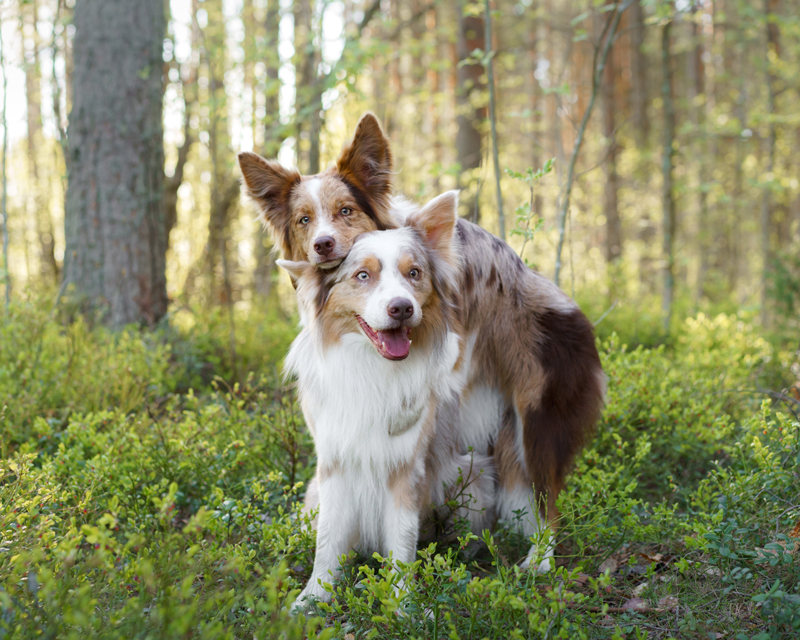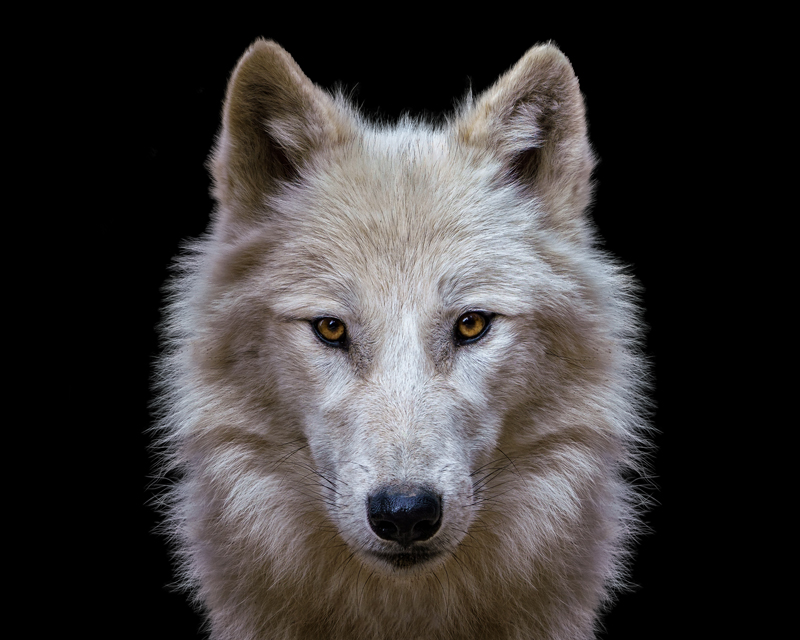- Dog CareDog LifeCommunity
- Photo Contest
Photo Contest- Giveaways
8 Interesting Dog Facts
Reddogs/Bigstock
Toothy Grin
Dogs have more teeth than humans. Canines have 42 teeth—10 more than humans do.
Anna-av/Bigstock
In Like a Lion, Out Like a Lamb
Don’t let their lamb-like appearance and demeanor fool you—Bedlingtons spent most of the 1800s doing dirty—and sometimes deadly—work, notes the AKC. Named for the Northumberland mining shire where the breed originated, Bedlingtons were coal mine ratters, varmint killers, and pit fighters. Used by the Romani people as a poaching partner, this terrier got the nickname “Gypsy Dog.”
graphicphoto/Bigstock
A Soft Spot for Chihuahuas
Like babies, Chihuahuas have a delicate, soft area on the skull called a fontanelle—except with Chihuahuas, the fontanelle is persistent, thanks to genetics and their round skull-shape. In fact, open fontanelles in Chihuahuas are referred to as “moleras” and are considered a part of the breed standard, along with the classic dome-shaped head.
alkir/Bigstock
Spot On Scenting
A Bloodhound’s sense of smell is so reliable that a trained Bloodhound’s tracking evidence is legally admissible in some U.S. courts. Bloodhounds can follow scents for up to 130 miles and can detect smells that are 300 hours old.
pavelshlykov/Bigstock
The Low Down on Bassets
The name Basset—as in Basset Hound—is derived from the French word bas and translates to ‘rather low.’ Bassets are friendly, patient, playful, and low-key, generally tolerating children and other pets. This low-to-the-ground breed is known for its excellent sense of smell. Their signature trailing ears, which, along with the Bloodhound are the longest of any breed, help trap the scent of what they are tracking.
danceyourlife/Bigstock
Dog Days
The term “dog days” doesn’t actually have anything to do with dogs. The phrase dates to Roman times, when it was thought that Sirius, the Dog Star, added to the sun’s heat from July 3 to August 11, creating particularly high temperatures.
AndyBorodaty/Bigstock
The Better to Hear You With
Dogs have 18 muscles in their ears, whereas humans only have six, enabling them to rotate, tilt, raise and lower their ears. They can even move each ear independently of the other, allowing them to hear different sounds with each ear.
elalalala/Bigstock
Greyhound vs Cheetah
Although cheetahs are the fastest land mammal—these exceptional sprinters have been clocked at 65 mph and can reach speeds of 60 mph in just three seconds—they can maintain such speeds for only short distances. This means the Greyhound would win in a long-distance race. These speedy, aerodynamic sighthounds can maintain an average speed of 35 mph for approximately seven miles.
This article originally appeared in the award-winning Modern Dog magazine. Subscribe today!
9 Interesting Dog Facts
Photo kadmy/Bigstock
All Hail the King
The AKC recognizes 31 different terriers, from the ever-popular Yorkshire Terrier to less common breeds like the Bedlington and Dandie Dinmont Terriers. The Airedale Terrier, “the King of Terriers,” is the largest of all the terrier breeds.
Photo Anna-av/Bigstock
Cooperative Canines
A 2015 study demonstrated that dogs are among a small group of animals who exhibit cooperative, pro-social behaviour without any reward. In the study, the participating dogs displayed voluntary, unselfish acts of kindness by donating food to a canine partner.
Photo RobertAx/Bigstock
Sweaty Feet
On a hot day you may notice your dog leaving behind a trail of wet footprints on a dry, smooth floor—that's dog sweat! Unlike humans, who have sweat glands covering most of their body, most of a dog's sweat glands are located on their paw pads and on their nose. Although dogs do sweat, their primary cooling mechanism is panting.
Photo Slast20/Bigstock
The Holy Dogs of Tibet
Bred in monasteries, Tibetan Terriers were known as the holy dogs of Tibet. They were never sold, instead given as gifts said to bring good fortune to the recipient.
Photo Lesssia/Bigstock
Helpless As a Newborn Pup
All puppies are born deaf (as well as blind and toothless). Until around two weeks of age, they can only sense vibrations. By two-and-a-half to three weeks, they’ll be able to hear clearly, though their hearing continues to develop until five weeks of age.
Photo Lubos-Chlubny/Bigstock
Descended From Wolves
Dogs evolved from a now-extinct species of wolf. Dogs were the first animal domesticated by humans, over 20,000 years ago. During their evolution from wolves, their skulls, teeth, and paws diminished in size and they became more docile and obedient (well, some of them). Evidence from fossils suggests that five types of dogs had evolved by the Bronze Age, around 4500 BC. These were Mastiffs, wolf-type dogs, Greyhound-like dogs, pointing dogs, and herding dogs, reports National Geographic.
Photo anatolir/Bigstock
They Didn't Go Down with the Titanic
Three dogs survived the historical sinking of the Titanic in 1912. Two Pomeranians and one Pekingese—all from First Class cabins.
Photo YanaVasileva/Bigstock
The Two Month Wait
Dogs are pregnant for about two months. A dog pregnancy can vary between 56 – 70 days. Typically, puppies should arrive about 63 days—just over two months—after conception.
Photo Jane-R/Bigstock
Puppy Love
Dogs are the most popular pet on the planet! A third of all households around the world have a dog. Dogs serve many roles, companion, helper, and protector included.
This article originally appeared in the award-winning Modern Dog magazine. Subscribe today!
Dogify Your Inbox
Sign up for the FREE Modern Dog Magazine newsletter & get the best of Modern Dog delivered to your inbox.
"*" indicates required fields
By clicking the arrow, you agree to our web Terms of Use and Privacy & Cookie Policy. Easy unsubscribe links are provided in every email.
















